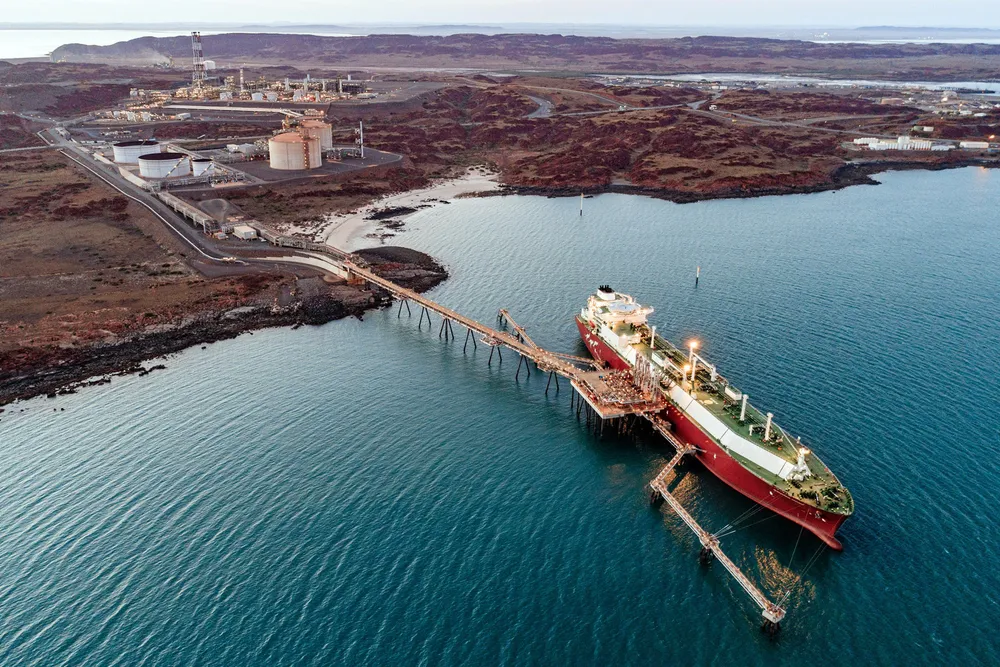Woodside completes Pluto Train 2 sell down as environmental group takes aim at banks
Global Infrastructure Partners now holds 49% stake in the LNG expansion train as Market Forces questions Australian banks' net-zero commitments

Global Infrastructure Partners now holds 49% stake in the LNG expansion train as Market Forces questions Australian banks' net-zero commitments
